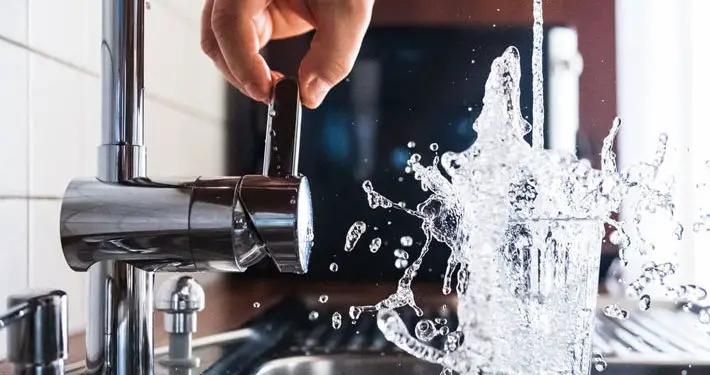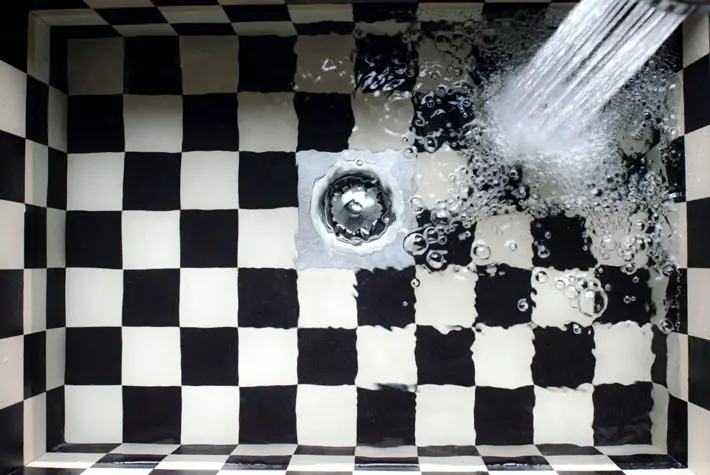Common Plumbing Mistakes (and How to Avoid Them)

There is a dripping tap. You get in there with your wrench, and soon there is a flood in your bathroom. Plumbing mistakes can create a much bigger disaster in your home than the fault that proceeded them. Doing your plumbing as a DIY project might seem like a great idea, as the basic premise of your plumbing system doesn’t seem to complex. Yet, there are so many pitfalls, and you could easily make matters worse.
Here we offer a guide to some of the more common plumbing mistakes. We will also try hard to help you avoid them.
Overtightening
Getting the right amount of pressure when securing tubes, pipes, fittings and bolts can be the difference between a crack in your joints or a leaking, weeping drip. If you don’t tighten the plumbing components enough, you risk water trickling out. However, if you overtighten, then you can cause a crack in the fitting. You won’t experience the problems caused by this crack for a long while. However, after a while, the crack will grow under pressure until it breaks and causes a flood.
The most common overtightening errors are with the plastic fittings on a toilet. You don’t need to apply too much pressure to seal a supply tube. If you tighten the hex nut too tightly, it will break and leak.
Taping errors
Teflon tape should always be wrapped clockwise around the thread if it is to work correctly. You might know this as PTFE thread tape. If you put it on backwards, you will unwind the thread as you try to tighten the fitting. The best way to use wrapping thread is to wrap it around three times, with the last wrap facing to the left.
You also need to use the right tape for the right job. You should use thin white or thick pink thread tape for any fittings that carry water. Yellow tape should be used on gas lines. You should never use thread tape on a compression or flare fitting. To be honest, you should probably call in a Gas Safe plumber to deal with any plumbing fault that involves gas. There are specialist health and safety concerns that you need to be trained to be competent to work on gas-based products.
Unblocking with a drain cleaner
You might not fancy undoing the u-bend and emptying out any blockage. Instead, you decide pouring down some liquid drain cleaner will be an easier way to clear the clog. This approach can cause a lot more problems than it solves. First, if it doesn’t remove the blockage, you are then faced with undoing the pipe and being met with caustic drain cleaner too. Equally, the constant use of corrosive chemicals can damage traps and pipes, which will eventually end in a leak. It will definitely destroy the rubber gasket – again – creating leaks.
Beginning the job without the appropriate spare parts
Unlike most DIY tasks, it is not easy to stop midway through to go to the shop to buy the parts you need. Yet, DIY plumbers often start a job and find that they have a washer when they need a cartridge. There might come the point when you realise you need to replace the O-ring when changing a washer, but you don’t have one to hand.
It is best to ask an assistant in a DIY store what equipment you are likely to need to complete the job, and then buy this upfront. They will tell you whether you need a gasket, O-ring, washer or another small part that will complete the work.
Forgetting to turn off the water
Forgetting to turn the water off is one of those errors that would make Homer Simpson go “Doh”. However, many DIY enthusiasts believe they can make a quick swap of a plumbing part without turning off the water. Any work on your plumbing system can end up with water flooding into your rooms. Even if you are doing a small job, you should still take the time to switch the water off at the mains. The 5 minutes it will take you could save your thousands of pounds in repair bills.
Equally, if you work with copper pipes, you do not want water in the lines. You can plug the pipes with white bread, which will act like a bung and prevent water from dripping out.
Summary
Plumbing looks deceptively easy. However, when dealing with water, and in some cases, gas, there is a lot that can go wrong. If you feel confident, great, go ahead. However, if you know you are about to learn on the go, it might be better to call out a plumbing professional from PlumbingForce.










